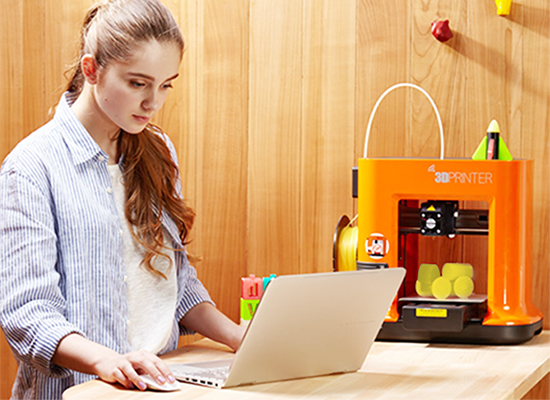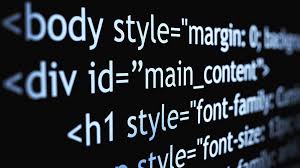How to Use 3D Printing in Reading Class

As technology continues to improve, teachers are finding more unique tools that can help bring lessons to life. 3D printing is the latest invention in a long string of innovation that can enhance the way students learn. Educators are just now beginning to grasp how useful this simple tool can be across all subject areas. One of the most overlooked classes that can benefit from this hands-on tool is reading. Have you considered how a 3D printer might be able to enhance your literary lessons?
Taking advantage of the tools available to you is essential to giving students the best possible education. Check out a few of these creative ways to incorporate 3D printing into your reading class!
Let 3D printing supplement material from other courses.
Finding ways to incorporate 3D printing into a reading class is more difficult than it might be for other subjects. Fortunately, reading is a skill that is worked into every curriculum throughout the day. Allow the printer to help supplement the readings that you assign to other classes such as history or science. For example, allow students to print historical artifacts that they read about in an essay or attempt to build their own machine based on a lesson they read. In this way, you are creating cross-curriculum lessons that are highly engaging to students.
Encourage students to write down failures.
For most people, learning how to use the 3D printer properly is a learning process. Teach students that they must think carefully about their mistakes and how to improve them by asking them to write a paragraph upon completion. Writing is an important skill that is closely tied to reading, so it can help students to share their work this way. Not only will they practice reading and writing, they will also start to think deeper about how to improve themselves and their work. It is a win-win situation for everyone.
Work on character descriptions.
Read a passage that has a unique character described in great detail. Children can then use this description to design a 3D model of their character, allowing them to literally bring the passage to life. This is one way to teach them to read critically and to pay attention to the details. Alternatively, you may have older students design their own characters for an upcoming writing project. Tell them to write out their character’s description and then use it to design them in the computer software.
Reading can be a difficult and boring subject for many students, so teachers must find creative ways to keep them engaged. 3D printing offers a new and exciting opportunity to regain student interest once again. With just a few of these imaginative ways to incorporate 3D printing into the class, your students will have more fun reading than ever before.






